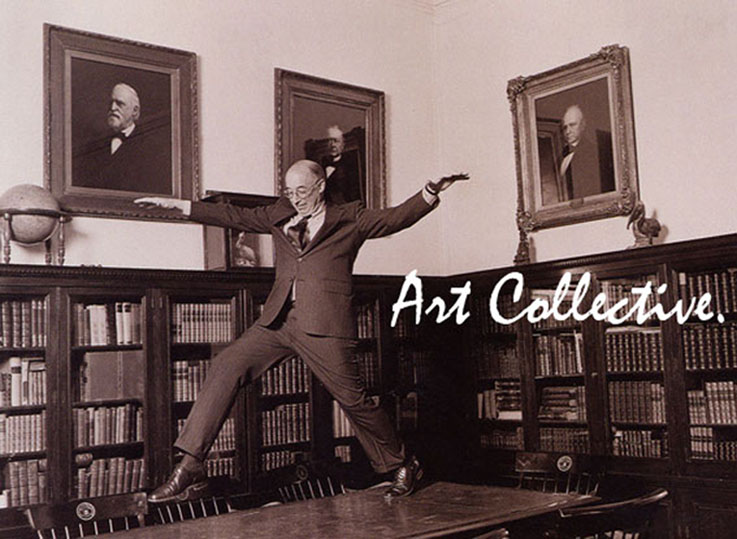The thing is, as much as it surprises you, you actually don't have to be quiet in an art gallery au contraire discussion,debate, enthusiasm, whatever, is encouraged. I would much rather have someone tell me how much they hated the art in my exhibition then give me a weak smile on the way out. But the fact is people don't feel encouraged, and the idea that silence in an institution like a gallery is subconsciously learned is not the only contributing factor, because it hasn't always been this way.
 |
| A depiction of The Annual Paris Salon image via Olympia1865 |
The display of art has indeed changed, and radically from the eccentric, cramped Salons of the 1800-1900s. It's a shame today the only time art galleries get to see a fraction of their past is on opening nights. Okay, okay this 21st century white cube aesthetic is supposed to fuel contemplation, I know, more space equals more understanding, right? But recently being away from Brisbane and in another city I've walked through so many galleries each day and after a while despite the art it all starts to look the same and gets a bit boring, you get sick of the boxed white walls and polished concrete/ wooden floors pretty quickly.
Nonetheless we can't help it, once we enter a gallery or museum this contemplative quiet washes over us, because we feel like we aren't really in the real world any more, we feel like we have to be silent. This is what art historians call luminal space, the space that is on the threshold of two worlds. It's like standing in a door frame, you are neither in one room or the other, you are neither in the real world or another world. Most institiutations, public spaces and large commerical galleries are designed this way, it creates an awe.
 |
| Autumn leaves cover the floor @ Nine Lives Gallery for the Hannah Smith Exhibition |
Then there are the galleries which aim to dissolve the luminal space, boutique galleries next to rows of boutique clothing stores. You still feel the sense of being in another type of space but the pressuring silence is relaxed. You can hear the cars and street noises outside and these remind you of where you are. Then you get the GOMA type galleries where the size is so intimidating they need to have a cafe on the second floor to keep you hydrated throughout your art hike.
 |
| Richard Wilson drowned the floor of the Saatchi Gallery with oil for his exhibition image via Style Studio 42 |
So where does that leave us? You could always paint the walls vibrant colours or play some music in the gallery, but this tends to make the spectator read into these additions. As a curator every decision that you make about the display of the art work affects the art work and how it is perceived ,but if it applies why not just go with it? But I think what is ultimately fundamental is using the space to its best advantage.I'm not saying do something so radical that it overrides the art, just now and again it would be nice if my friend didn't shush me, you know? Give us some space to talk!
Bisous
Stephanie
